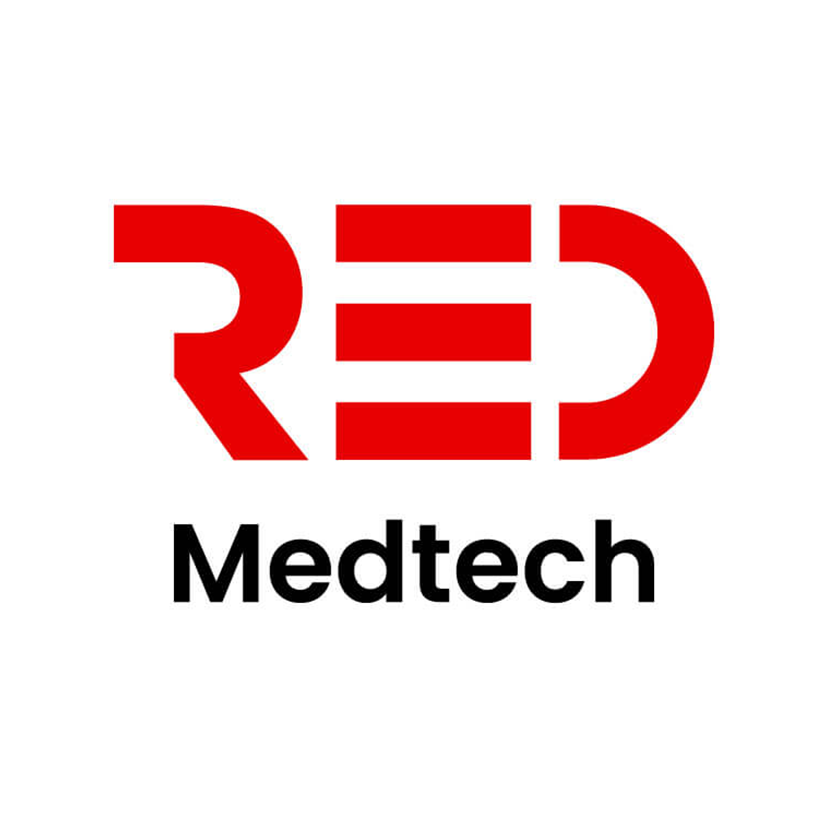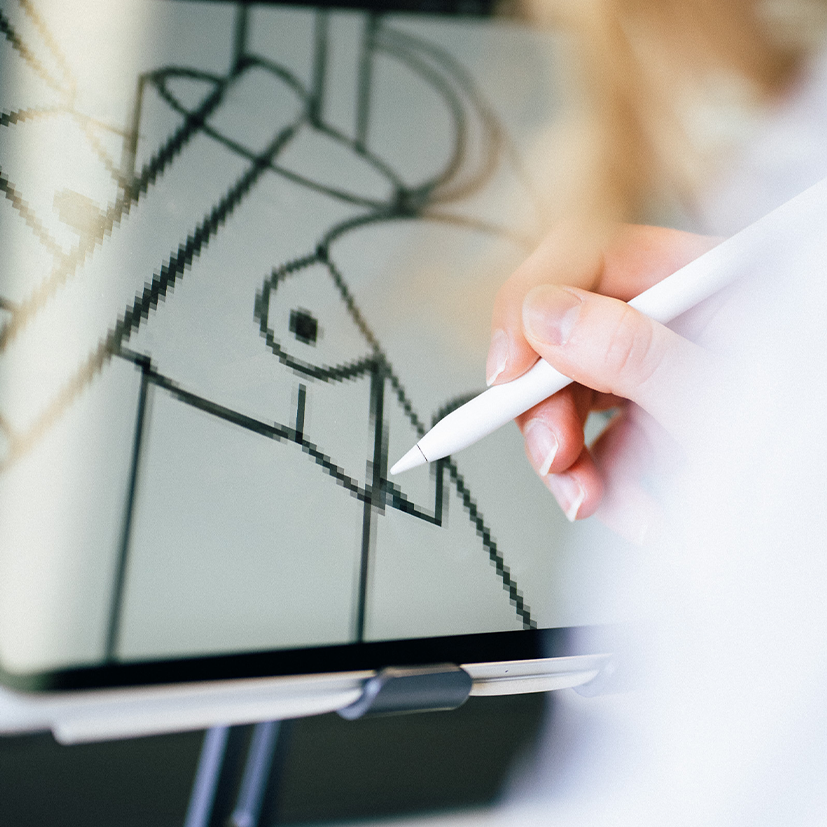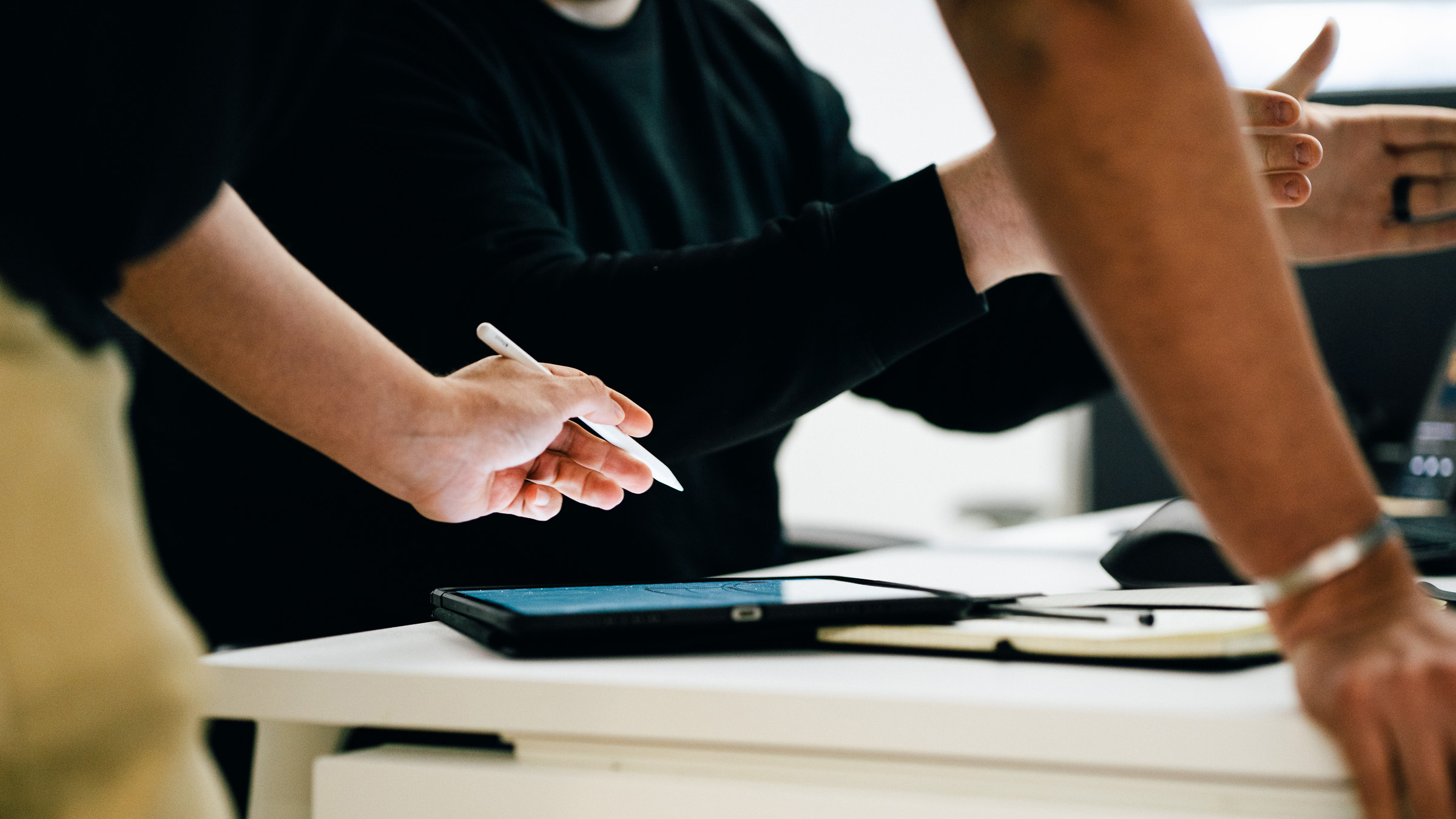Navigating regulatory compliance in medical device development
In the evolving world of medical device development, the intersection of innovation and regulatory compliance poses unique challenges for companies of all sizes. Our Managing Director Jarred Evans recently sat down to interview Laurie Rowe, the founder of RED Medtech, a medical device consultancy specialising in product and development compliance projects. The discussion covered crucial aspects of the complex landscape with a specific focus on the different compliance requirements of startups and SMEs. It also delved into medical device usability requirements and the significance of good practice in the field.
But before we dive deep, let’s hear a bit about Laurie…
Professor Laurie Rowe, the founder of RED Medtech, brings over 20 years of hands-on experience to provide technical, regulatory, and quality consulting services for medical device professionals. Trained as a lead auditor, Laurie has held key roles in operational and strategic positions, contributing to technical development and program governance.
Differences for startups and SMEs
The first topic discussed was the different challenges facing startups and SMEs within regulatory compliance. Laurie was eager to point out the differences between the two and how these apply within Medical Device Development:
“Startups and SMEs are often lumped together, but we see them as distinct entities. While age, revenue, and workforce size are common criteria for differentiation, we believe maturity, specifically in developing medical devices, is paramount.”
“Maturity entails hands-on experience in navigating the development and market launch, understanding processes, and adopting a compliant culture. The contrast lies in organisations viewing regulations as barriers versus those seamlessly integrating compliance into their processes and product development journey.”

“Maturity entails hands-on experience in navigating the development and market launch, understanding processes, and adopting a compliant culture. The contrast lies in organisations viewing regulations as barriers versus those seamlessly integrating compliance into their processes and product development journey.”
Challenges SMEs and startups face in developing a medical device
“The number one challenge for startups is attaining funding and resources to kickstart product development. The second challenge is knowledge, which has to be addressed through consulting, coaching and knowledge transfer. Eventually, companies can independently drive medical device development with tools and learning.
Challenges SMEs and startups face in developing a medical device
“The number one challenge for startups is attaining funding and resources to kickstart product development. The second challenge is knowledge, which has to be addressed through consulting, coaching and knowledge transfer. Eventually, companies can independently drive medical device development with tools and learning.
“For young companies, a robust Proof of Concept and a defined Intended Use are also very crucial. Whereas more mature companies struggle with transitioning to new regulations and adapting to evolving standards, posing a significant concern for those yet to initiate the process.”
It’s also important to note that challenges for companies in the UK and the US are different. To that, Laurie adds, “These differences lie in regulatory pathways, classifications, clinical evidence and the changing landscape of QSR (quality system regulation).”

Demystifying medical device usability requirements
Jarred and Laurie discuss the importance of ensuring medical devices are user-friendly and safe for everyone including those without medical training. Laurie explains, “Integrating usability considerations from the start, engaging with actual users to understand their needs and challenges is crucial. When issues arise, we focus on improving the design rather than blaming users, similar to how autocorrect assists in typing.
“Adhering to rules and regulations ensures that devices meet high standards of safety and effectiveness. Ultimately, the goal is to instil confidence and security in users, making their lives easier and safer through thoughtful design.”
The significance of good practice in medical device design
Last but not least, Laurie delves into the importance of good practice in medical device design. “In medical device design, 'good practice' goes beyond labels – it's a blend of science, creativity, and understanding user needs. Usability is not just about looks or functionality, it's about seamless integration into the user's expertise, creating that 'click' moment of success.
“Good practice isn't confined to guidelines, it maps the user's journey and addresses their experience. It challenges norms, rejects the status quo, and prioritises innovation to ensure patient safety.”
Navigating this complex landscape requires a nuanced understanding of not only the regulatory requirements but also the specific needs and maturity of the companies involved. As the industry continues to evolve, Jarred and Laurie advocate for the integration of regulatory education into engineering and design courses to ensure that graduates have the necessary skills and knowledge in regulatory compliance.
Next Steps
Learn more about PDR’s work or if you have an idea you’d like to discuss, contact us.

